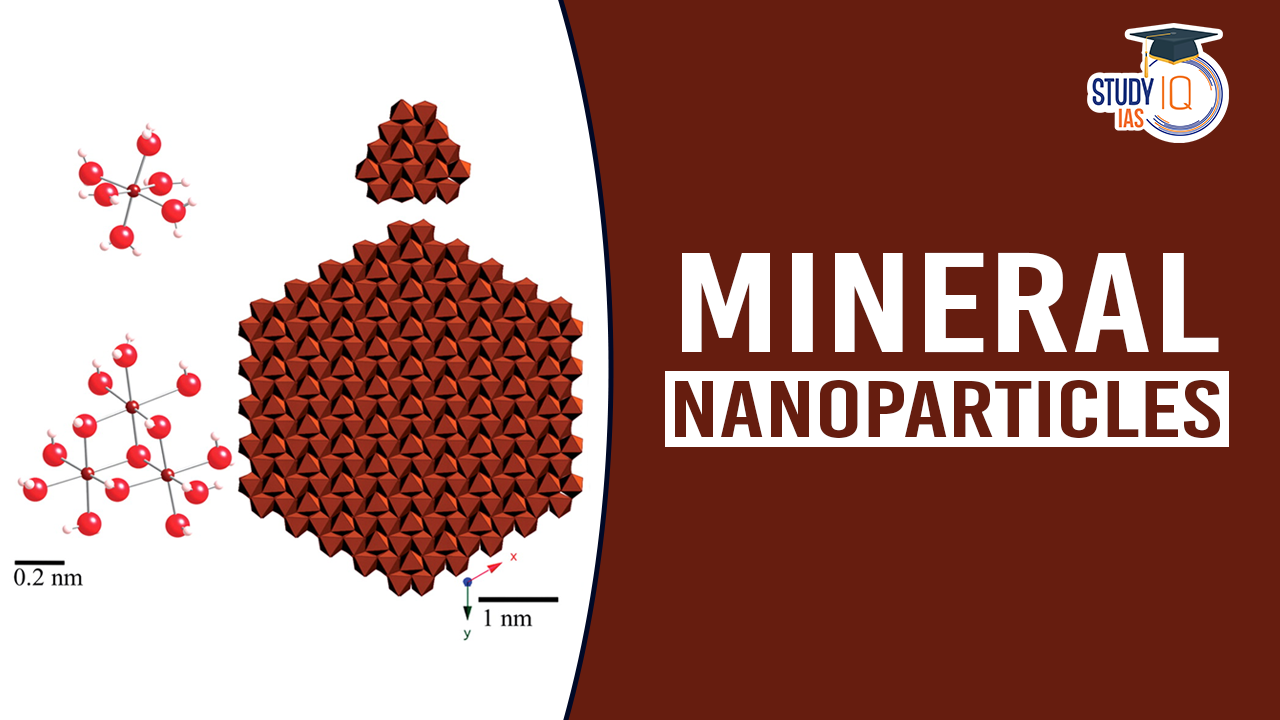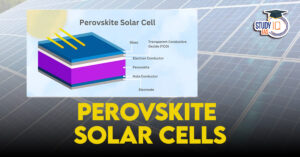Table of Contents
Context: Researchers from the Indian Institute of Technology, Madras (IIT-M) have unveiled a method to break down common minerals into nanoparticles using water microdroplets.
Microdroplets and Its Significance
- Microdroplets are tiny water droplets, a thousandth the size of a raindrop.
- Unlike bulk water, microdroplets facilitate faster and more exotic chemical reactions due to their confined space.
Chemical Reactions in Microdroplets
- Microdroplets engage in chemical reactions more readily and can carry electric charges efficiently.
- When a larger droplet shrinks due to evaporation, remaining water molecules form weak hydrogen bonds, leading to the creation of negatively charged hydroxyl ions (OH-) and free protons (H+).
- This process makes the surface of microdroplets more acidic, fostering chemical reactions.
Experiment Insights
- The study used an electrospray technique to generate microdroplets containing minerals like silica and alumina.
- By applying a few thousand volts to mineral microparticles suspended in water, the suspension elongated and formed a mist of microdroplets.
- Within 10 milliseconds, the microparticles broke down into nanoparticles.
Possible mechanisms for this breakdown include
- Free protons might have infiltrated crystal layers, causing the minerals to break apart.
- Electric fields generated by the charged surface of microdroplets may have provided the necessary energy for this process.
- Surface tension and the repulsion of like charges on the droplet surface could have created shockwaves, leading to particle breakup.
Significance of the Finding
- Origin of life: Microdroplets could mimic proto-cells, acting as compartments for early life’s chemical reactions.
- Agriculture: Supplying soil with silica nanoparticles (a component of sand) can benefit plant growth, potentially revitalising unproductive land.


 RNA-Based Antiviral for Deadly Agricultu...
RNA-Based Antiviral for Deadly Agricultu...
 Comprehensive Remote Sensing Observation...
Comprehensive Remote Sensing Observation...
 Perovskite Solar Cells, Objective and Ch...
Perovskite Solar Cells, Objective and Ch...





















